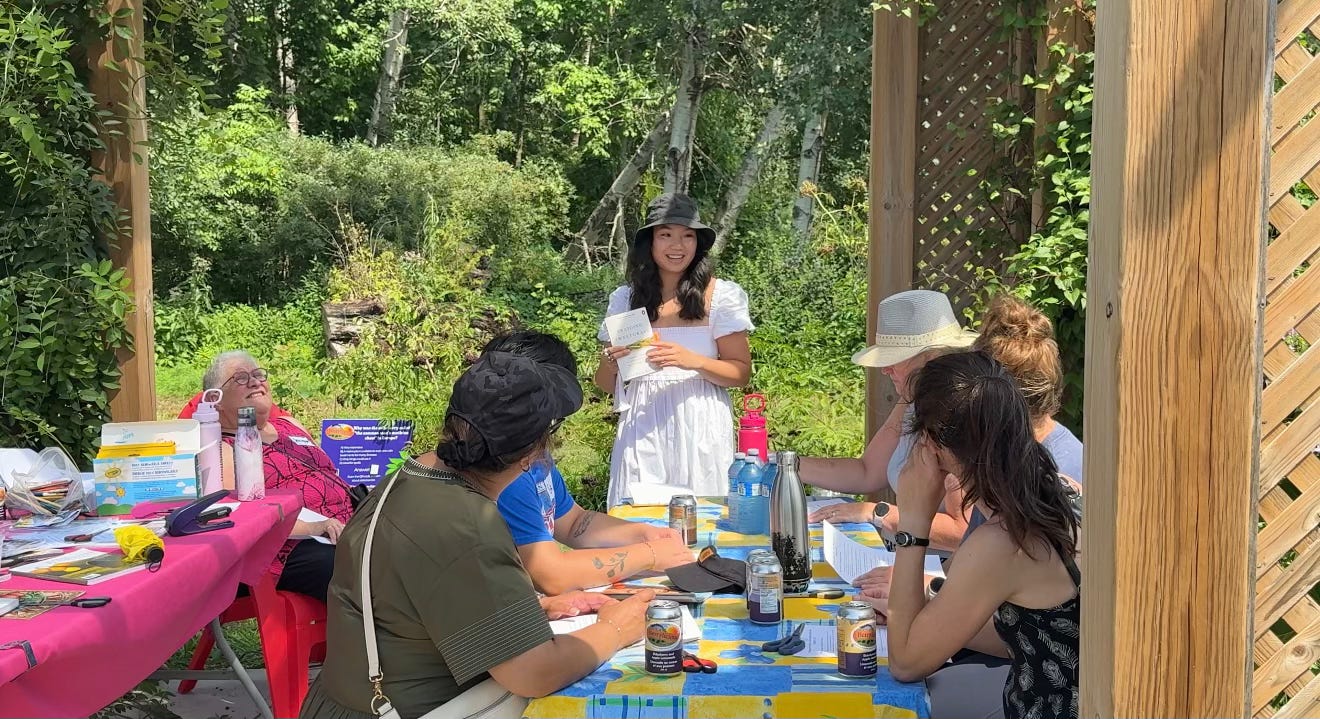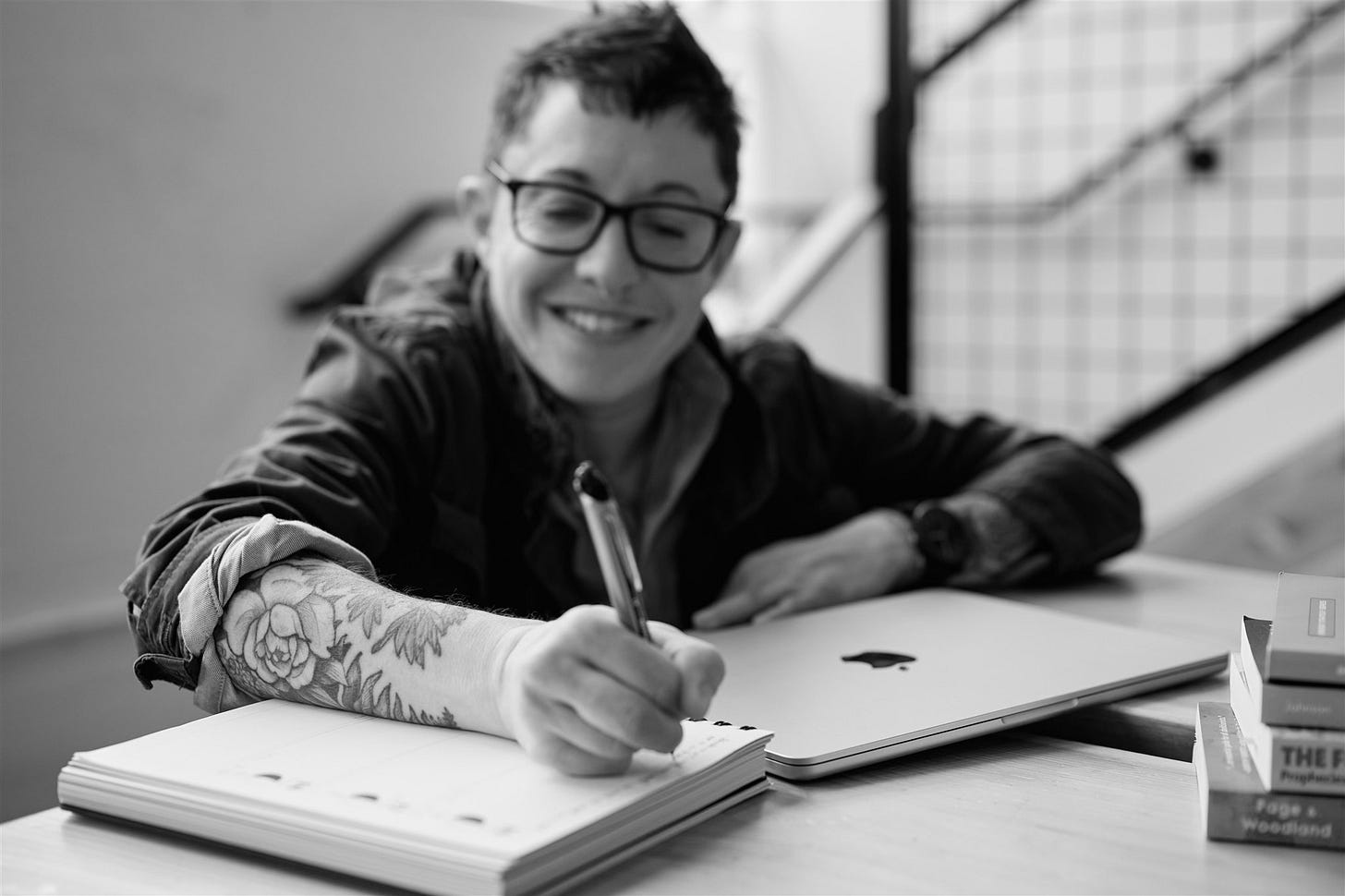From Safe Spaces to Safer Spaces: Discomfort, Power, & Accountability
why the concept of “safe spaces” often fails and how to instead foster safer, accountable, equity-centered spaces in wellness (and beyond)
We’ve all seen it: “This is a safe space.”
It’s printed on signs, written in mission statements, spoken at the start of a yoga class or a community event. And yet, intention is not enough to make it true.

Because you can say “safe space” while unintentionally recreating the very harms of the outside world. You can name “inclusion” while centering the same people and norms that keep others excluded. And in an unsafe world, the truth is, safety can never be guaranteed.
In wellness spaces particularly, “safe” often becomes code for comfort. And comfort is rarely shared equally.
Structural racism prioritizes white comfort. Ableism ignores accessibility and neurodivergence. Cisheteronormativity erases queer & trans safety needs. Capitalism turns “wellness” into a curated vibe that serves the privileged first. In these spaces, harm is often reframed as discomfort for the most privileged, while real harm experienced by marginalized folks is minimized or ignored.
I’ve been in “safe” spaces where a white participant weaponized the phrase, leaving the room in anger after being gently challenged on her privilege. I’ve also been in spaces where harm occurred–someone misgendered me–and instead of rushing past it, my co-facilitator stopped the agenda, checked in, and asked what I needed. That pause, that willingness to repair in real time made me feel held. My nervous system softened. I could stay.
~ this is Tristan’s experience, shared here to illustrate the difference between “safe” spaces & spaces that actively practice repair ~
We can’t promise a harm-free space. Harm is inevitable. Especially under systems like white supremacy, colonialism, ableism, and cisheteropatriarchy.
What we can do is build the capacity for repair.
Repair is messy. It requires discomfort. It asks us to stay in relationship even when it’s hard. But it’s also where trust is built, where belonging is made real, not just promised.
If we moved from “safety” to “repair,” we’d stop expecting perfection. We’d stop centering the fragility of those with more privilege. And we’d start centering care for the most impacted.
Wellness without accountability isn’t wellness—it’s just comfort for the powerful.
Because the spaces that truly hold us aren’t the ones that never get it wrong.
They’re the ones that commit to making it right.
Journal Prompts: From Safety to Repair
We invite you to rethink the concept of “safe spaces.” Rather than avoiding harm, we call you into a more honest relationship with it: one where repair is possible, where safety is understood as relational, and where we center those most impacted.
When has “keeping the peace” in a space come at the expense of marginalized voices?
How have you experienced harm in a space that claimed to be “safe”? What was (or wasn’t) done afterward?
What does repair look like to you when harm has been caused, both when you’ve experienced harm and when you’ve caused it?
How do power and privilege shape who gets to feel “safe” and who is asked to tolerate discomfort?
What’s one example where discomfort led to growth, connection, or repair for you?
In your work, community, or relationships, how do you currently respond to harm? How could that response shift to center repair over avoidance?
Who isn’t in the room when we talk about “safety,” and what would it take to bring them in meaningfully?
This post is part of my ongoing series, Why Are We Unwell?: A collaborative exploration of the systemic, cultural, and historical forces that shape our individual and collective well-being. Through lived experience, research, and community dialogue, we ask deeper questions about what it means to build a world where care and justice are inseparable.







